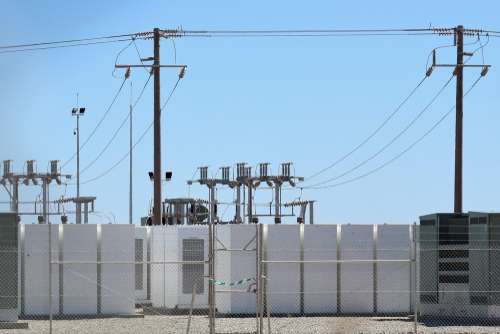ComEd exploring new battery energy storage system in Illinois

ComEd, a Chicago-based energy company, is exploring new battery energy storage system (BESS) solutions to improve grid resiliency.
The BESS solutions, designed to limit the impact of power outages for customers, are being evaluated as it is being tested for select customers who live in Streator, Lostant, and Milledgeville in Illinois.
The BESS demonstration will help identify whether localized storage solutions can improve reliability and resiliency in northern Illinois to limit the length and frequency of power outages, especially in more remote and difficult-to-access locations.
“Building on our nation-leading reliability, ComEd continues to seek solutions to improve our performance for customers throughout our service territory,” Michelle Blaise, senior vice president of technical services at ComEd, said. “Hyper-localized solutions like this BESS demonstration are another key tool to ensure outstanding reliability and resiliency, even as the grid is challenged in new ways by more severe weather associated with climate change while preparing for the growth of renewable energy and the electrification of transportation, buildings, and industry.”
The BESS solutions reduce the impact of outages by enabling them to maintain a power source when their portion of the main grid is damaged or experiences a fault. So, while ComEd line crews assess the damage and restore power to the area, the impacted homes are powered by the BESS solutions. Once the outage has been fixed, customers are reconnected to the grid.
In picking the locations for this demonstration project, ComEd identified areas that experienced some of the most challenging outages from 2017 to 2020.
The technology demonstration utilizes various batteries from Sunverge Energy and Mesa Technical Associates to support ongoing grid management. Collectively, these batteries support 23 residential customers and can provide those homes with enough power to maintain typical energy use for 8 hours, helping to bridge the gap until power is restored.
